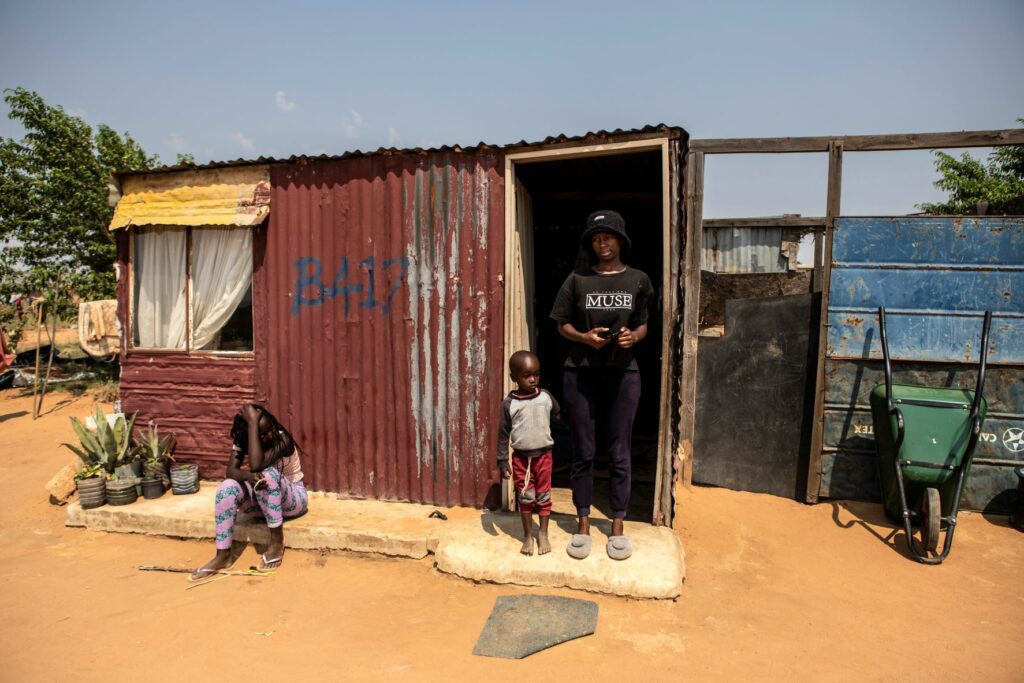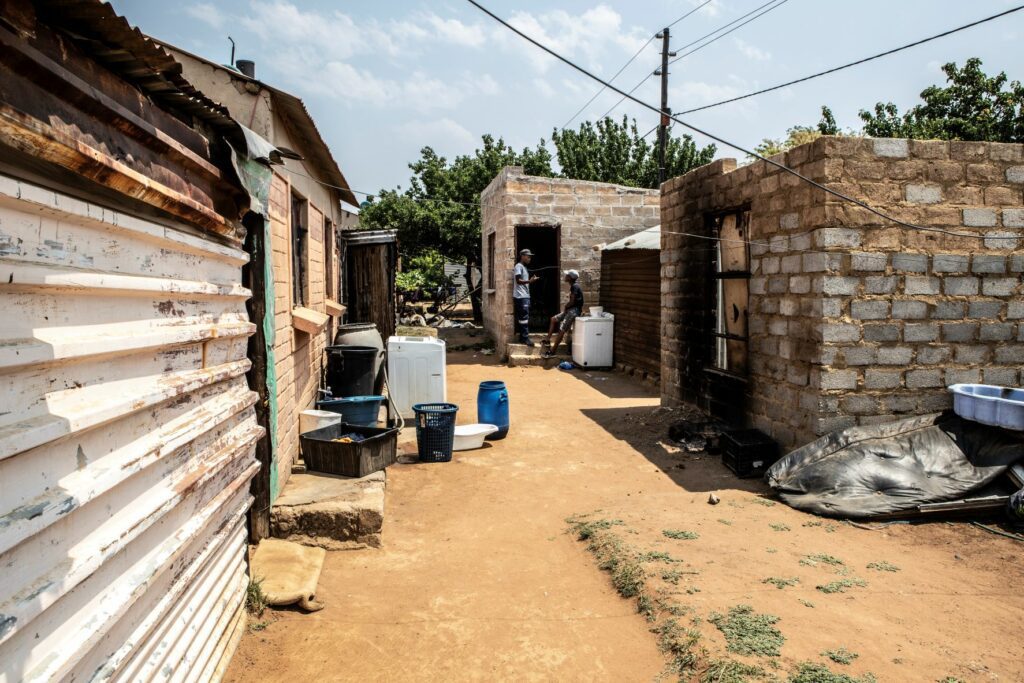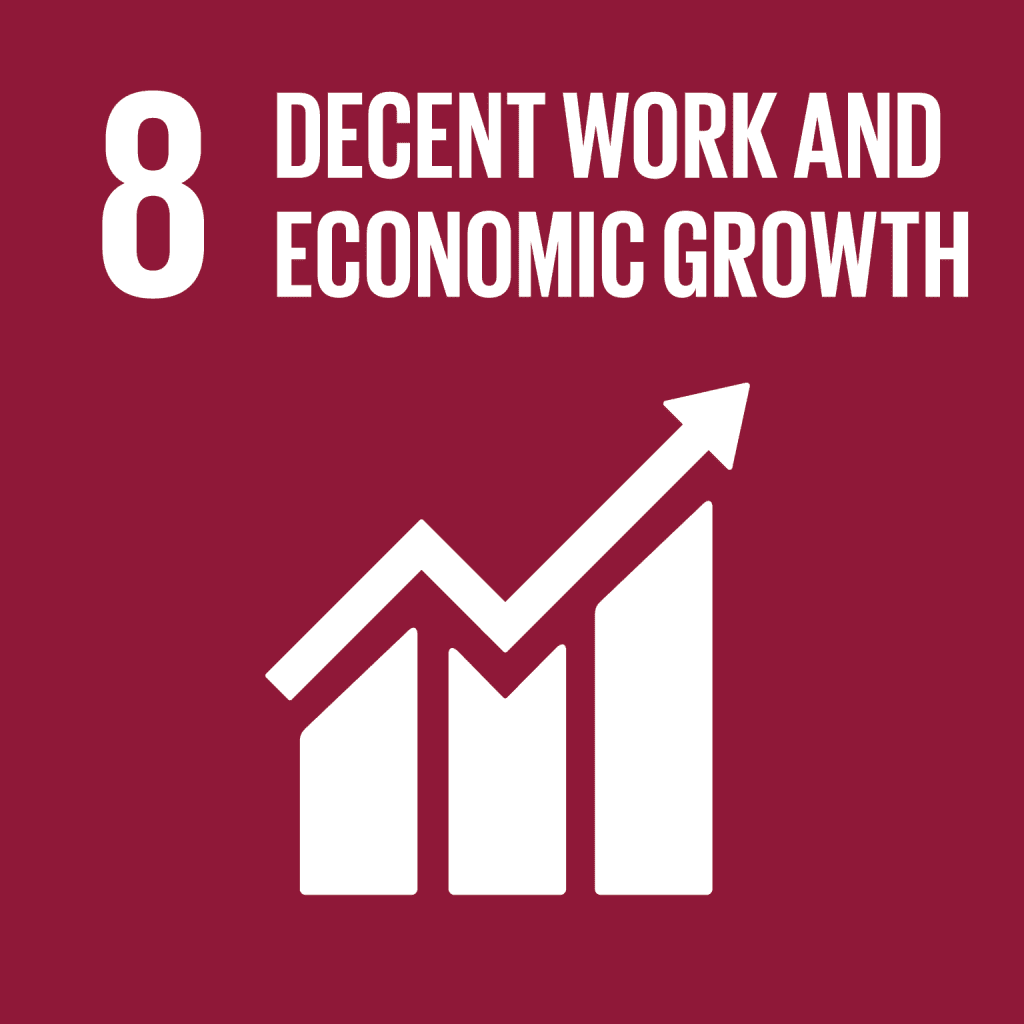Youth Geography: An Interview With Dr Paula J Meth interviewed and written by Heather Sykes. Illustration by Joe Toft and photographs by Mark Lewis.

At the University of Worcester, we had a guest come to give a lecture on youth geography and more specifically youth housing and work. We got the chance to ask Dr Paula Meth some questions about her lecture. She covered lots of topics, all of which were accessible even to non-geography students. The lecture was highly interesting and thought-provoking. Anyone who has yet to watch it can find it here.
Human geography and youth geography are something we need to learn about in our curriculum. This should be done to understand what behaviours create our society. Only then can we know how we can change our behaviours to achieve our sustainable development goals.
In this article, we refer to EET and NEET. EET stands for education, employment and training. NEET stands for not in education, employment or training. All text within quotes is directly from Dr Paula Meth. Anything outside the quotation marks was added by Heather Sykes. The photographs in this article are of South African youth and housing, taken by Mark Lewis. You can read Dr Paula Meth’s project in full, here. Paula recently held an exhibition of images and media related to this topic. The online version of the exhibition is available here.
What made you decide to research youth geography?
“It was a combination of recognising how significant youth populations were in African cities”. How large the “numbers youth” and how they were “marginalised from mainstream employment”.
Also “an awareness of how predominant crime in cities was and that often youth were held responsible for this”. It was also “tied to a funding call from the British Academy for research focused on Youth Futures”. Up till now she had “largely focused on adults”.
Should we encourage more geography students to be engaged with youth geography?
“Yes definitely, the focus on childhood and youth has really ballooned in geography over the past 15 years”. There is a lot of “excellent research on Geographies of Youth”. “Including in the UK”. So, “given our concerns about the climate crisis, the economic crisis etc… I think they are an essential focus”.
“Also focusing on youth and children from a geographic perspective forces us to look at slightly different places and spaces. Often youth “operate under the radar in cities, so more conventional” places “don’t always capture their activities.”
Do you think non-violent protest should be considered part of EET in youth geography?
I asked if Paula believed non-violent protest should be considered part of EET in youth geography. I asked this because, in the lecture, she mentioned the ongoing situation in Iran. She also mentioned how protest is often rallied by youth, so is seen as a threat. Organised groups of socio and political movements can require great amounts of organisation, determination and synergetic skills. So, arguably, this is not a formal way of engaging with EET. However, it is a structured way of developing transferable skills.
Paula answered, yes. “I consider non-violent protest to be a key political practice and opportunity for skill development”. Noting that “it is a form of citizenship enactment.”
“How it gets recorded within the EET measurement is another matter – perhaps they need an indicator which assesses engagement of young people – whether that is in non-violent protest or volunteering etc.”
Should there be another scale for non-formal acts EET for studying youth geography?
The next question leads on from the last. Youth in countries like Iran, as opposed to countries in western Europe, arguably face many more life-impacting situations that could hinder their chance to engage in EET.
So, to make a more fair comparison between countries with varying political unrest when studying youth geography, should there be another scale to quantify the percentage of youth engaging in protest as an alternative form of EET?
“This follows up the question above and is a really interesting observation which I haven’t thought much about before”. “Yes I agree, this is an important element and it’s making me think about my own research findings slightly differently now.”
Paula went on to explain how “if we choose to assess youth’s interactions in cities using only the NEET criteria, what we see is a failure.” Whereas, “if we also assess youth in cities in terms of their engagement in varying activities, then we might see success and strong involvement (for some youth – but probably not the majority)”.
She pointed out that “the tricky question is what gets classified as ‘engagement'”.
“There is a normative judgement involved here, as some activities, e.g. looting are likely to be viewed as criminal by most but could be viewed as political by others. I think youth in countries like Iran are facing sharper challenges, but if we think of the climate crisis facing kids in the UK – there are also clear grounds for encouraging youth engagement.”
Should the concept of protest be considered more when studying youth and their engagement with EET?
“Yes, I think this is useful, I haven’t studied protest much, but it does come up in my work”. She believed that “looking at protest alongside NEET is interesting.”
“There is a challenging temporality here though, protest might be one-off, it might be occasional etc”. Whereas, “some of the NEET criteria are trying to establish more consistent trends over time – although actually, informal work can be very inconsistent.”
She asked “how much protest activity does one have to engage in, and what kind of activity, for it to be ‘counted’? We see here how political these measures can be!”
Do you believe entrepreneurship can be a solution to unemployment for youth?
“Hmmm, this is the million-dollar question”. “I think that entrepreneurship is seen as the golden solution to youth unemployment by most governments and by big international institutions such as the World Bank.” she noted that in her project, “entrepreneurship was identified as a key solution” by collaborators.
“The academic literature on entrepreneurship is … more critical of what this actually means in practice”. “It shows quite strongly that many youth want a ‘proper’ formal job, and that entrepreneurship is often exhausting and unsuccessful”. This is “often because people lack expertise, resources, but also because the market they are selling to, are poor.”
She thought “that barriers to entrepreneurship should be removed or reduced so that if people want to be entrepreneurial, they can”. But she explained that “this should not be assumed to provide the solution to the unemployment crisis”.

What would social housing for youth look like?
Paula spoke about housing in terms of youth geography in her lecture. The idea that social housing could be designed for youth was interesting. So, I asked what differences she thought we would see in housing policies if they were focused on vulnerable youth, as opposed to just families.
She didn’t have a full answer yet, but thought “there is some social housing for vulnerable youth already – through welfare systems”. But, believes “these fail to deal with rising numbers of street children”. Paula explained how “in Hawassa, Ethiopia” this “is becoming an increasing concern”. She suspected that “focusing on youth housing is very tricky for the government because they are not a priority and unlikely to ever be one.”
She did believe though, that there’s a positive side to this issue.
“However, wider housing policy has an impact on youth – so youth can be kept in mind through wider housing policy. Social housing and its flexibility are important. Being able to construct informal backyard shacks on the grounds of social housing (as in South Africa) is a key source of security for young people.
This is less evident in Ethiopia where recent social housing investments in condominium-style properties (apartment blocks) with very little flexibility for expanding families. I’d say encouraging a good rental sector is key – having rooms or properties to rent in urban spaces, where the rent is affordable and the quality of accommodation is reasonable, is key for young people.
Not criminalising informal settlements is also key – many young people turn to informal settlements to set up their new/first homes and seek privacy and independence. The cheapness of living informally is key. So in these spaces, recognising the role they play for young people and working to upgrade these settlements would indirectly benefit young people.”

If the home environment suited youth better, do you think the percentage of NEET amongst youth would be drastically different?
Paula explained that “we just don’t know” if the percentage of NEET would be drastically different with a suited environment. But, she did think “if home environments had more space, and youth had more control over their home spaces, they might be able to undertake entrepreneurial activities or activities” to gain skills.
Paula noted that “if homes were less costly”, “youth could spend more” buying “resources or paying for wifi”. But accepted that this assumes “entrepreneurship is the solution” which is “problematic”.
She explained that “I think “homes with electricity and wifi connection” would help youth to “study and enhance their skills”. This must be done affordably to “support young people going to seek or engage in employment, or education”.
Do you believe that with the anxiety of unemployment and low prospects for future generations, we will see declining and ageing populations?
To answer she noted that “in some countries, like South Africa, we are seeing a decline in populations to some extent”. But that “our study made it really clear that having children in this context of scarcity and anxiety as you say, is not appealing or feasible for” youth. So, “some of them do seem to be delaying ‘starting a family’ – especially in Ethiopia”.
Paula explained to me how in South Africa, it is “culturally acceptable to have children outside of marriage”. Yet “young people do talk there about how worried they are about the future, so it is feasible this will affect their decision making”. She suspected “the impact will take a long time to affect the overall demographic structure – because the current youth base is so great, in countries like Ethiopia”.

Do you believe funding should be placed on housing or transport first to make an impact on youth NEET figures?
Paula wrote that she thinks about this a lot.
“What I would like to see in an ideal world, is integration from the very start. There is no point funding or investing in transport infrastructure… if no one is living there”. “But where new areas of housing are planned… integrated transport from the very beginning is critical”. She noted that “this is seriously absent in many African cities”.
She went on to explain that where “young people have been living with families for many years, improvements to existing transport would make a big difference”. This could be “subsidizing buses, increasing the frequency of services etc”.
“In South Africa, the transport question is so complicated”. This is “because it is tied to the history of apartheid”. This is “where much housing is ‘illogically’ located in hard-to-reach areas”, which are often expensive to support.
“Also there is a huge conflict between transport providers”. Particularly “semi-informal minibus taxi drivers”. These are “in some places run a sort of mafia operation”.
She summed up by explaining that “new housing must be planned with affordable (and sustainable) transport”. Any “existing settlements must be better catered for in terms of transport. Both of these would make a big difference to NEET, especially in cities that are spatially fragmented and spread out”.


